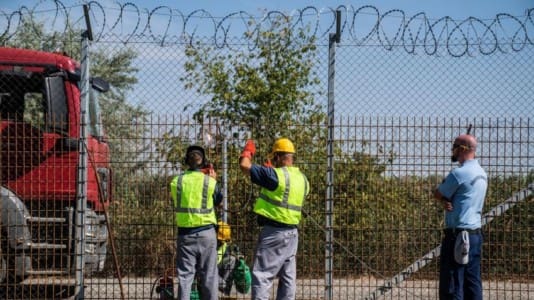Although it cannot entirely escape the negative effects of the war in Ukraine, Hungary will be the region’s country whose economy will suffer the least, a recent study by the Matthias Corvinus College (MCC) shows.
The study, authored by economics analyst Géza Sebestyén, is based on GDP growth predictions through the end of 2023. The report states that “the Russian-Ukrainian war in itself caused serious damage to the world economy. Although oil and gas exporting countries such as Saudi Arabia or Norway benefit from the current situation, the military conflict will cost nearly 2 trillion dollars worldwide until the end of 2023. Europe’s relative loss is even higher, ‘thanks’ to the European Union’s failed sanctions policy.”
Among the countries of the old continent, the Central and Eastern European countries, which are closer to the countries at war and therefore have traditionally stronger trade relations with them, are the most affected. Romanians and Latvians lost roughly 40 percent of their GDP in the fourth quarter of 2019, while the rate of decline is over 25 percent in the case of Slovenians, Lithuanians, and Poles.
Hungary’s crisis-resistance is clearly the highest in the entire region, according to the study. Although the conflict and sanctions have also pushed back the forecast for domestic GDP, the rate of decline will get smaller from quarter to quarter starting in 2023. At the end of the OECD’s planning horizon, the figures clearly show the smallest decline in Hungary’s case compared to surrounding nations.
The analysis — which takes the last quarter of 2019 as a basis — says that by the last quarter of 2023, Latvia will have lost 6.5 percent of its GDP, suffering the highest losses, followed by Romania with a 5.2 percent decline. Lithuania’s GDP will contract by 4.5 percent, while Slovenia at 2.7 percent and Hungary at 2.1 percent declines will emerge from the conflict with the smallest relative losses.
The region’s largest economy, Poland, is expected to suffer a loss of 3.4 percent.






